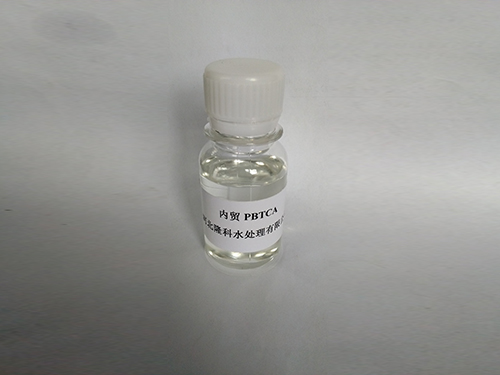Exploring the Significance of HEDP in Modern Water Treatment Applications
The Impact of HEDP on Water Treatment An In-Depth Analysis
In recent years, the necessity for efficient water treatment solutions has grown exponentially, all due to the increasing demand for clean water in various sectors, including industrial, agricultural, and municipal applications. One of the promising compounds that have surfaced in the domain of water treatment is Hydroxyethylidene Diphosphonic Acid, commonly referred to as HEDP. This article explores the significance of HEDP, its applications, benefits, and potential drawbacks in water treatment processes.
What is HEDP?
HEDP is a phosphonic acid derivative, typically represented by the chemical formula C2H8O7P2. It is widely recognized for its ability to chelate metal ions and inhibit scale formation in water systems. Due to its unique structure, HEDP can bind with calcium, magnesium, and other metal ions that are often responsible for scale build-up in industrial water systems. The compound is favored in various applications because it is relatively stable, environmentally friendly, and effective even at low concentrations.
Applications of HEDP in Water Treatment
HEDP is primarily used in cooling water systems, boiler water treatment, and in the prevention of scale and corrosion in industrial operations. In cooling towers, HEDP serves to prevent the precipitation of calcium carbonate and other scale-forming compounds, which can significantly enhance the efficiency and lifespan of heat exchange equipment. Similarly, in boiler systems, HEDP helps in minimizing scale formation, ensuring optimal heat transfer and reducing the risk of boiler tube failures due to accumulation or corrosion.
Moreover, HEDP is also utilized in cleaning formulations for the metal industry. Its ability to chelate metal ions allows for effective rust removal and helps maintain the longevity of machinery and tools. In addition to these applications, HEDP has found its way into oilfield applications, where it is used in water flooding processes to improve oil recovery and control scale formation in production systems.
The Impact of HEDP on Water Treatment An In-Depth Analysis
One of the most notable advantages of HEDP is its capacity to function effectively across a wide range of pH levels, making it suitable for various water types. This versatility ensures that HEDP can be integrated into numerous water treatment protocols, regardless of the specific chemical makeup of the water being treated.
hedp na4

Another significant benefit is that HEDP exhibits low toxicity to aquatic organisms, which aligns with the growing regulatory demands for environmentally friendly chemicals. The compound is biodegradable and does not persist in the environment, making it a preferable choice for businesses looking to reduce their ecological footprint.
The effectiveness of HEDP at low concentrations also reduces the overall cost of water treatment processes. By using smaller amounts of HEDP to achieve desired results, industries can save on both chemical expenditures and waste disposal costs.
Potential Drawbacks
While HEDP presents numerous benefits, there are potential drawbacks to its use. One concern involves the risk of forming complexes with iron and manganese, which can lead to reduced efficacy if not managed properly. Maintaining optimal conditions in water systems is essential to maximize the benefits of HEDP while minimizing potential complications.
Additionally, like many chemical agents, the long-term environmental impacts of HEDP are still being studied. While current findings suggest that it is less harmful compared to other phosphonic compounds, continuous monitoring and research are crucial to ensure safety standards are maintained.
Conclusion
In summary, HEDP stands out as an exceptional compound within the realm of water treatment due to its ability to effectively prevent scale formation and corrosion, along with its environmental friendliness and cost-effectiveness. While challenges may arise from its application, the overall advantages underscore its significance in promoting efficient water management solutions. As industries and communities strive to meet the increasing demands for clean and safe water, HEDP’s role is likely to become even more prominent, fostering sustainable practices in water treatment across the globe.
As the discussion on water quality and its impact on health and industry continues, compounds like HEDP represent a step towards more responsible and efficient water management solutions. The ongoing research and application of HEDP will likely unlock even more potential benefits, paving the way for advancements in water treatment technologies.
-
Water Treatment with Flocculant Water TreatmentNewsJun.12,2025
-
Polymaleic AnhydrideNewsJun.12,2025
-
Polyaspartic AcidNewsJun.12,2025
-
Enhance Industrial Processes with IsothiazolinonesNewsJun.12,2025
-
Enhance Industrial Processes with PBTCA SolutionsNewsJun.12,2025
-
Dodecyldimethylbenzylammonium Chloride SolutionsNewsJun.12,2025





